Ross Castle is a historic fortress situated in Killarney, County Kerry, Ireland. Built in the 15th century, the castle has a rich and fascinating history, from its construction by O’Donoghue Mór to its eventual restoration and opening to the public.
Timeline
- 15th century: Ross Castle is built by O’Donoghue Mór on the shore of Killarney’s Lower Lake.
- Late 16th century: O’Donoghue Mór loses possession of the castle following the Desmond rebellion.
- 17th century: The Browne family is rewarded for their support of Cromwell with ownership of Ross Castle and surrounding lands.
- 1652: Ross Castle is captured by General Ludlow and the Cromwellian forces.
- 18th-19th centuries: The castle is used as a military barracks.
- 20th century: Ross Castle falls into disrepair.
- 21st century: The castle is restored and opened to the public.
Construction and Ownership
Ross Castle was built in the 15th century by O’Donoghue Mór, an Irish chieftain. The castle was strategically located on the shore of Killarney’s Lower Lake, providing a natural defense against potential attackers. After the Desmond rebellion in the late 16th century, O’Donoghue Mór lost ownership of the castle.
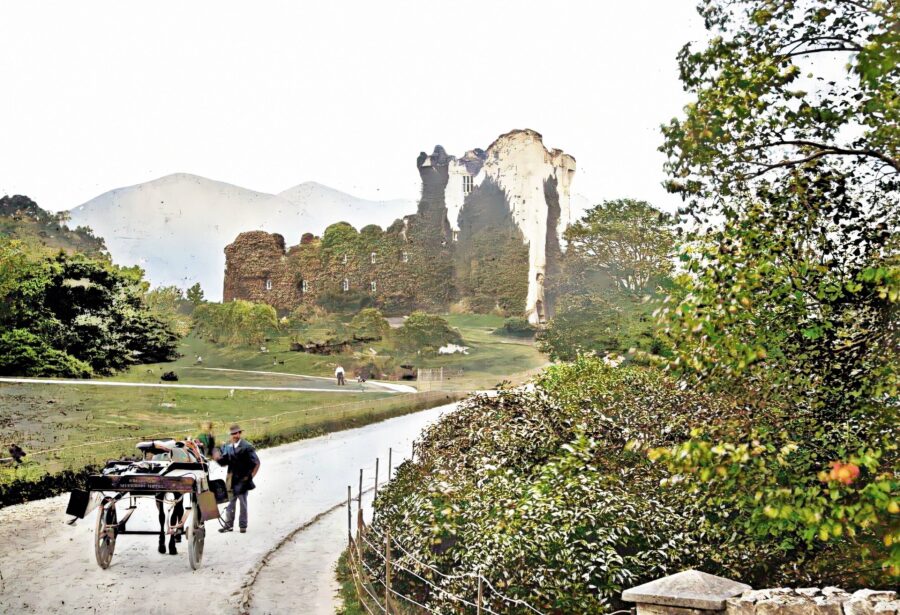
The Browne Family and the Earls of Kenmare
In the 17th century, the Browne family was awarded vast tracts of land around Killarney, including Ross Castle, for their support of Oliver Cromwell during the English Civil War. The Brownes eventually became the earls of Kenmare and retained possession of Ross Castle for centuries.
Siege and Capture by Cromwellian Forces
Ross Castle was one of the last Irish strongholds to hold out against Cromwell’s forces. According to popular legend, Lord Muskerry, the castle’s defender, believed the fortress would never fall to a land-based attack. However, in 1652, General Ludlow of the English forces decided to attack from the water, having ships built in Kinsale and transported to Killarney by land and river. Upon seeing the approaching boats, the defenders quickly surrendered. In reality, Lord Muskerry had already decided to capitulate, as he knew that defeating the Cromwellian forces was impossible. The appearance of the boats provided a convenient excuse for the surrender.
Military Use
During the 18th and 19th centuries, Ross Castle was utilized as a military barracks, housing various regiments of the British Army. Its strategic location, overlooking the Lower Lake of Killarney, made it an ideal base for military operations in the region. The castle’s military occupants undertook several modifications to the building, adapting it to suit their needs and to accommodate the changing technologies and strategies of the time. This period saw the construction of additional buildings within the castle grounds to house soldiers, store weapons, and provide other essential facilities for the military personnel.
The military presence at Ross Castle continued until the early 20th century when the British Army withdrew from Ireland following the establishment of the Irish Free State in 1922. After the departure of the military, the castle was left unused and fell into a state of disrepair.
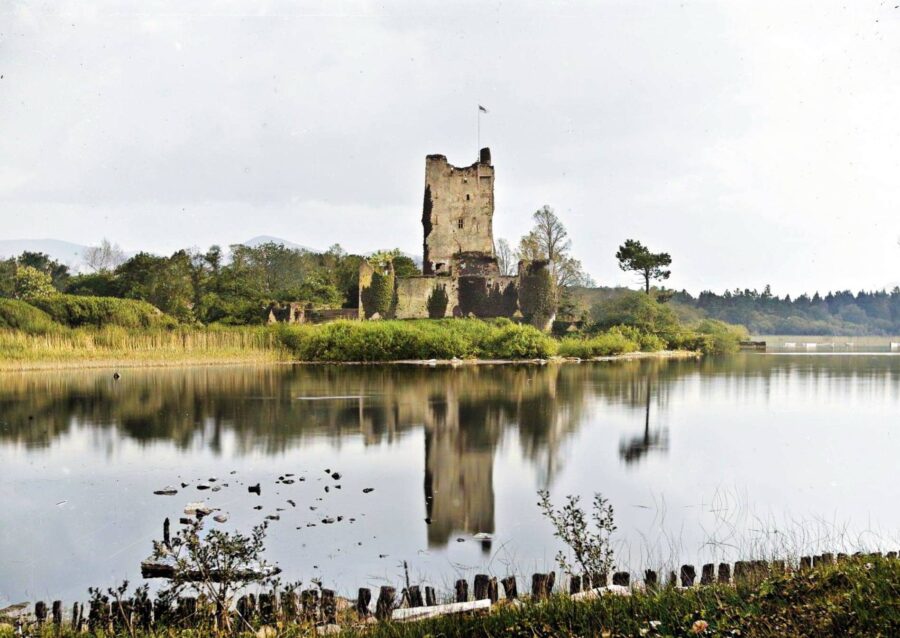
Restoration
As interest in Ireland’s cultural heritage grew in the latter half of the 20th century, efforts were made to preserve and restore important historical sites, including Ross Castle. The Irish government, recognizing the significance of the castle, took ownership of the property and began the process of restoration.
The restoration project was a complex and challenging endeavor, as the castle had suffered extensive damage and decay over the centuries. Conservation specialists, architects, and historians worked together to assess the structure and develop a plan to restore the building while maintaining its historical integrity.
Key aspects of the restoration process included:
- Stabilizing the structure: The walls, towers, and foundations of the castle were reinforced to ensure the building’s stability and prevent further damage.
- Reconstructing damaged sections: Some areas of the castle, particularly those modified during its military use, required careful reconstruction to return them to their original appearance.
- Repairing and preserving original features: The restoration team worked to repair and preserve the castle’s original features, including its medieval masonry, woodwork, and decorative elements.
- Upgrading facilities: Modern facilities, such as electricity, heating, and plumbing, were discreetly installed to make the castle accessible and comfortable for visitors.
Following the completion of the restoration project, Ross Castle was opened to the public, allowing visitors to explore the historic building and learn about its storied past. The castle now hosts guided tours, educational programs, and special events, attracting tourists from around the world and contributing to the cultural and economic vitality of Killarney and County Kerry.


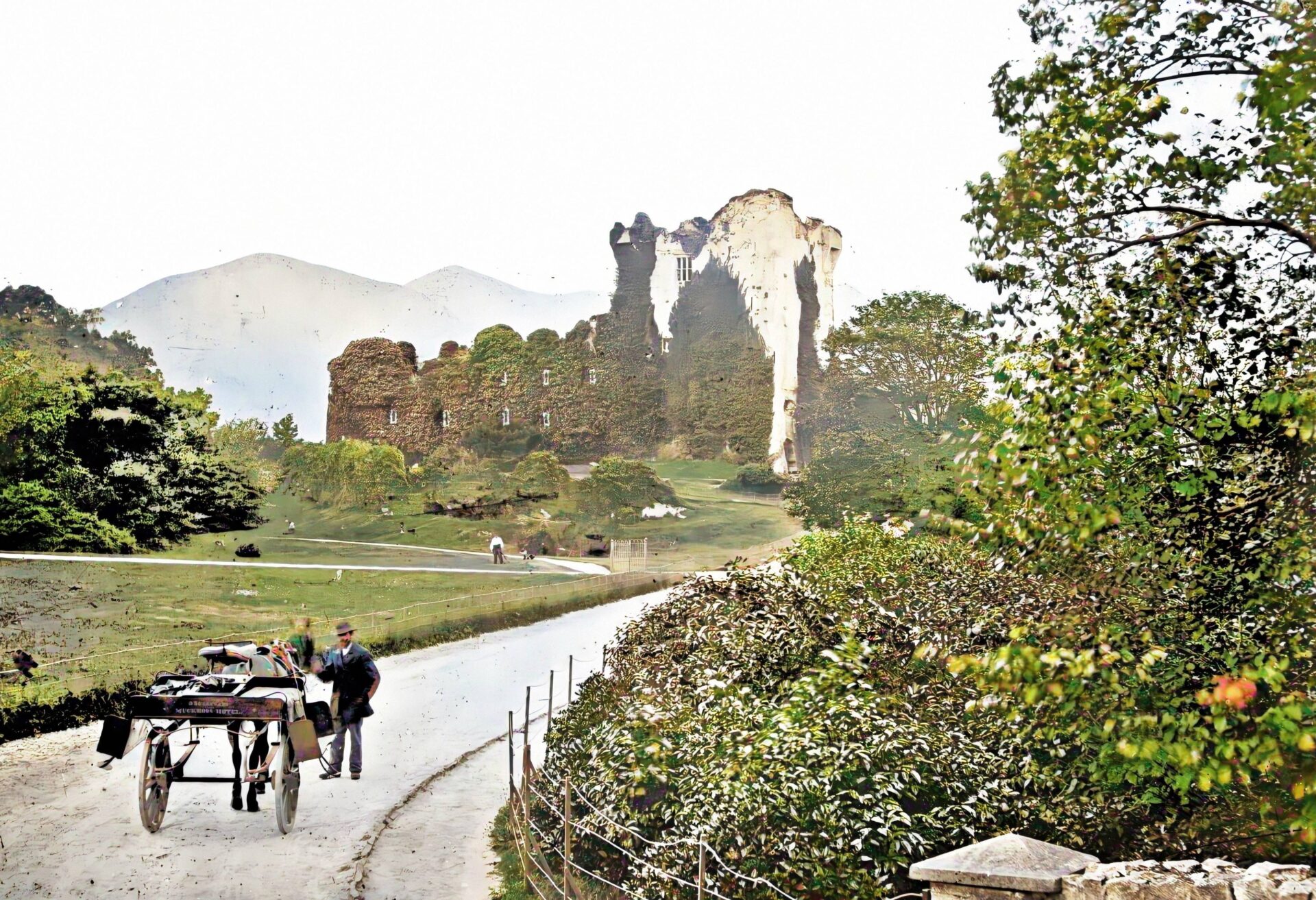
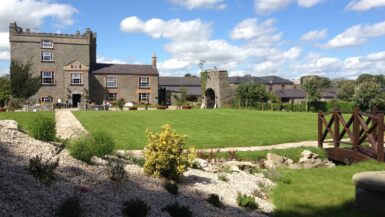
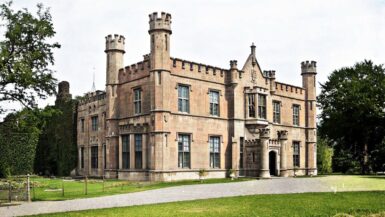

Leave a reply